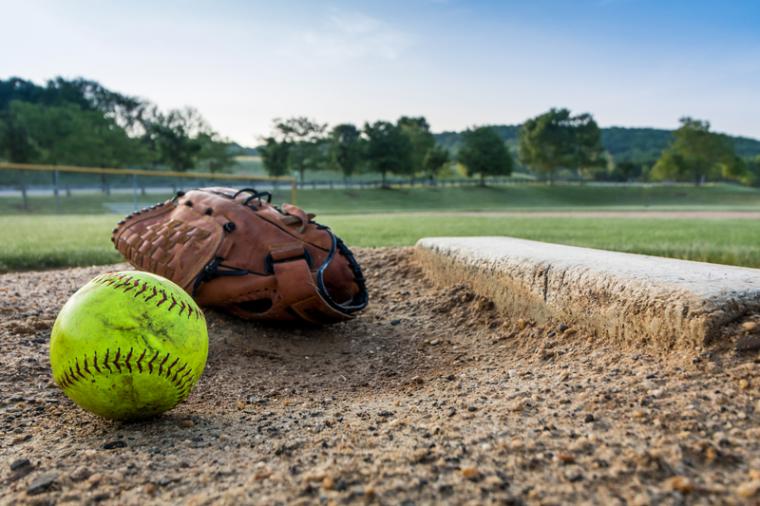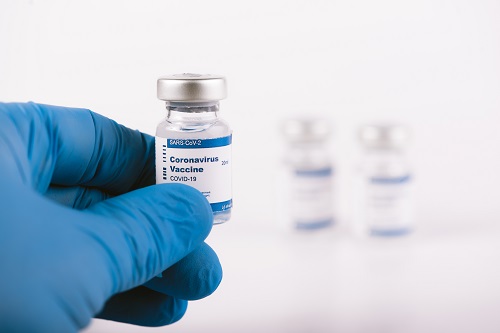

In May, the Centers for Disease Control and Prevention recommended that everyone 12 years and olderreceive the COVID-19 vaccine after the Food and Drug Administration expanded emergency authorizationof the vaccine to kids ages 12 to 15. Pop-up vaccination sites appeared at school district athletic facilities around the country, and within days more than 500,000 adolescents received their first dose.
Now, “parents and tournament organizers are faced with decisions related to protocol and expectations,” Arizona PBS reports.
“I made it a point to take her down to the reservation to get the vaccination, because the post-season play will involve out-of-state play,” Tanayia White, a member of the San Carlos Apache Tribe who lives in Safford, Ariz., said, referring to her 13-year-old daughter, Tashoney.
“At the end of the day, it is truly a personal and family decision” regarding vaccinations for adolescents, Randon Hall, a sports medicine pediatrician at Phoenix Children’s Hospital, told Arizona PBS.
Which may be why some sports organizations are not mandating player vaccinations.
“Nobody has asked me about getting vaccinated or not,” David Shaffer, director of coaching for the Real Salt Lake-AZ North soccer club. “Most of the decisions have been made by the families themselves.”
Youth sports have been cited for coronavirus outbreaks around the country in recent months. In Michigan, for example, “from January to May, there have been 438 outbreaks from youth sports resulting in 1,664 infections, with the most clusters from basketball, hockey and wrestling,” according toThe Detroit News. More recent cases, it added, have been among participants in baseball, dance, track, lacrosse and volleyball.
The North Carolina Department of Health and Human Services issued“interim guidance” for youth sports administrators and participants cautioning that “any scenario in which people who are not fully vaccinated gather together poses a risk for COVID-19 transmission” and suggesting that “all organizations and programs that gather groups of people should create and implement a plan to minimize the opportunity for COVID-19 transmission.”
Coaches, athletes, spectators, and other participants who are not fully vaccinated should wear a facemask indoors unless they are more than six feet away from anyone outside of their immediate household, according to the guidelines.
The document went on to note that “teams in which all players and staff are fully vaccinated can play indoors and be in most indoor and outdoor settings without wearing a face covering or staying six feet apart. However, [it] is recommended that everyone, regardless of vaccine status, continue to wear a face covering and practice social distancing in large crowded indoor venues (e.g. arenas, stadiums) and in indoor settings with a large number of children or child- focused activities. As a reminder, children under age 12 are currently ineligible to be vaccinated.”
Other state health departments issued similar guidelines.
In New Mexico, state officials lifted the mask mandate for all vaccinated youth sports athletes while they are playing. Players must register their vaccine status with their athletic organization, according to the Associated Press. Lawmakers in the state also are considering setting aside up to $1 million in cash incentives for youth sports teams and other organizations whose members receive their vaccinations by the end of July.
Not all states are experiencing similar vaccination rates. In Alabama, state superintendent Eric Mackey expressed concern about low vaccination rates. “If we don’t have children vaccinated, then we will have outbreaks this fall,” he told AL.com in mid-June. “And when we have outbreaks, we’re going to have large numbers of people quarantined. We’re going to have to cancel volleyball and football games again — the same kinds of things we had to do last year — unless we get more people vaccinated. I am … very disturbed that we are not getting more of our students vaccinated and more of our adults vaccinated.”
According to the Alabama Department of Public Health, as of June 11, 30 percent of adults 18 and older were fully vaccinated and 7 percent of children aged 12 to 17 had received at least one dose.
That’s troubling news to anyone looking for the so-called light at the end of the tunnel.
“Children are the key to ending the pandemic,” David Celentano, the chair of epidemiology at Johns Hopkins University, told The New York Times. He was one of 723 epidemiologists who participated in a recent Times survey about the next phase of the pandemic.
“The more people refuse vaccinations, the longer COVID will hang around,” added survey participant Ethan Walker, an epidemiologist at the University of Montana.

